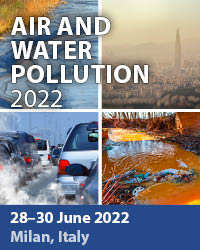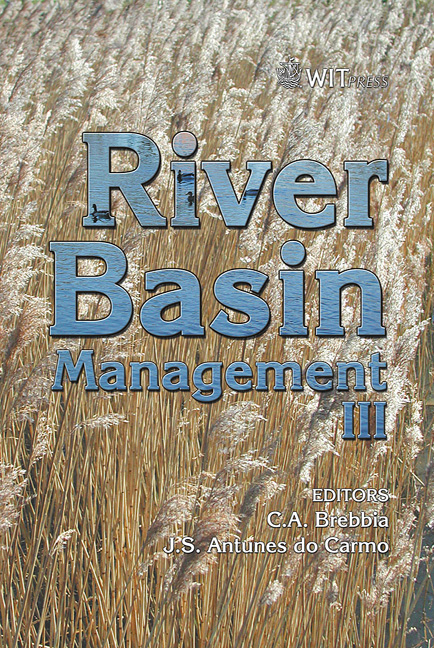A Computational Model For The Prediction Of The Effect Of Multiple Effluent Discharges In A Large River Section
Price
Free (open access)
Transaction
Volume
83
Pages
9
Published
2005
Size
865 kb
Paper DOI
10.2495/RM050401
Copyright
WIT Press
Author(s)
M. B. Machado, L. T. Furlan, E. Matos, E. Tomaz & J. R. Nunhez
Abstract
A future lack of water over the next decades has been observed by many studies. Much effort has been devoted to find strategies which will help to manage water resources properly. Theoretical studies have been used recently since the scope of computational fluid dynamics (CFD) has increased, allowing its use in the issue of water quality. In this scenario, it is important to develop new techniques to predict the environmental impact of emissions in rivers so that strategies can be devised to decrease the effects of pollution. This work presents an in-house three-dimensional CFD model to simulate the dispersion of substances along a river with multiple effluent discharges. The Cartesian coordinate system has been chosen to represent the river. The model also assumes the river has no curves. Although simple, this geometry is able to represent in a simple manner the behavior of most rivers. The finite volume method is used to approximate the momentum, mass and species conservation equations. Turbulence is taken into account by a zero-order equation model. The developed model considers the presence of multiple effluent discharges along the river. Some experimental validation is also presented in the work. Results show that the proposed methodology is a good tool for the evaluation of the environmental impact caused by pollutant emissions, mainly in rivers with multiple discharges from many industries. The software is very fast, especially when compared to other CFD packages. Keywords: environmental engineering, CFD, river, finite volumes.
Keywords
environmental engineering, CFD, river, finite volumes.





